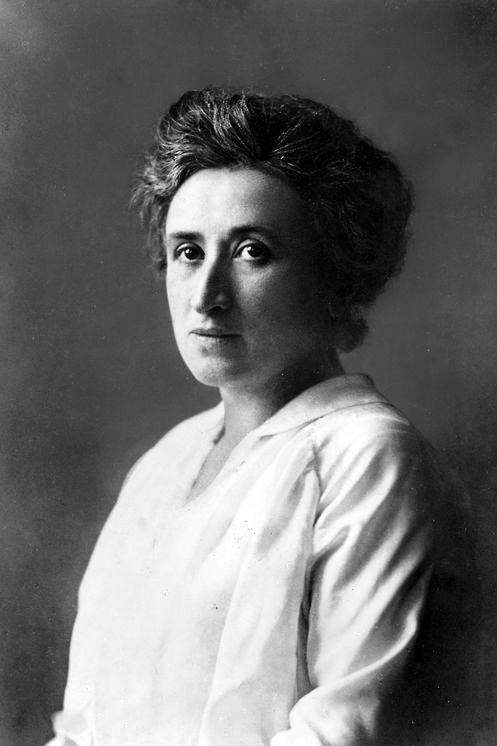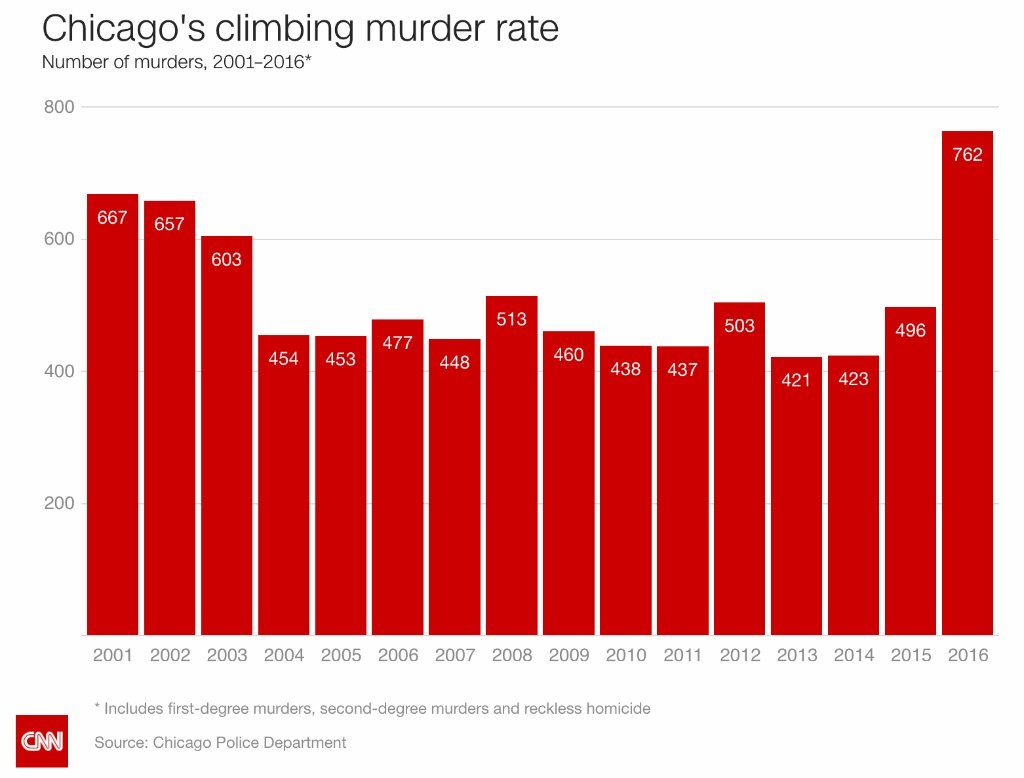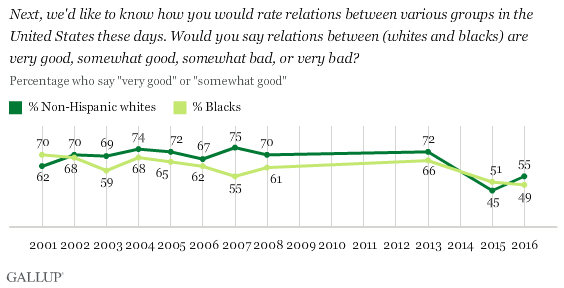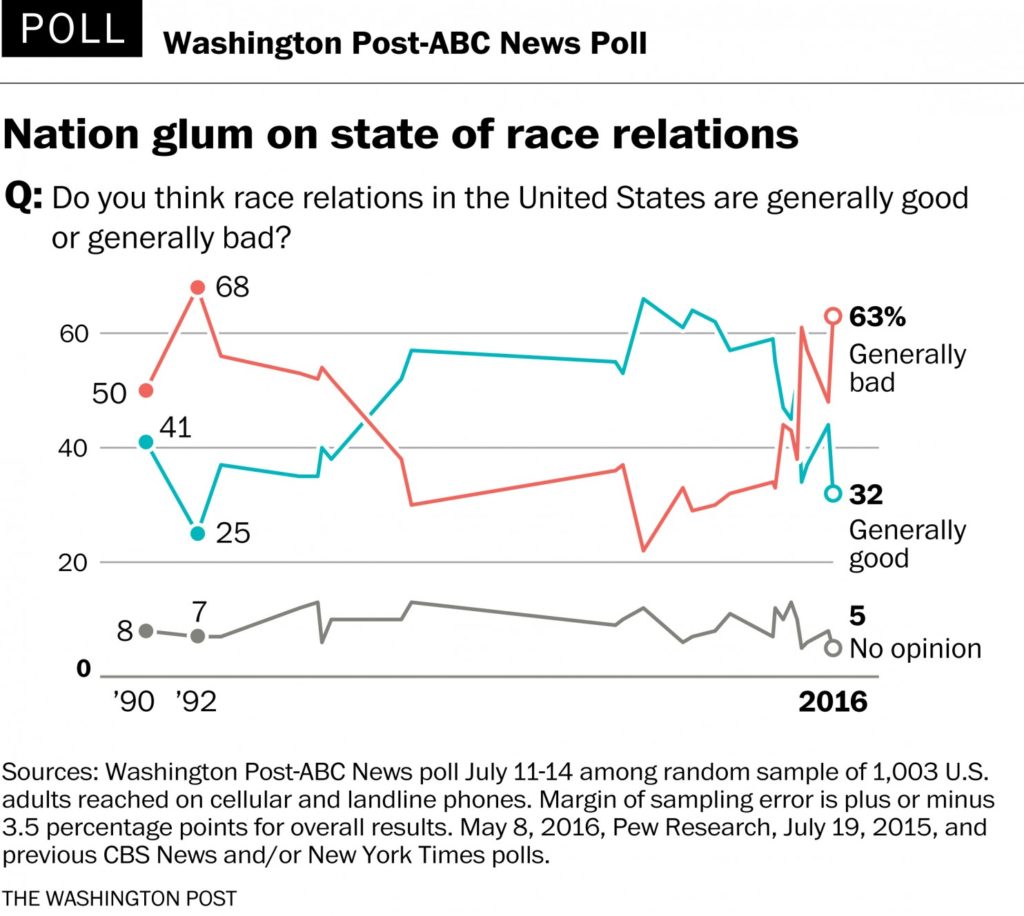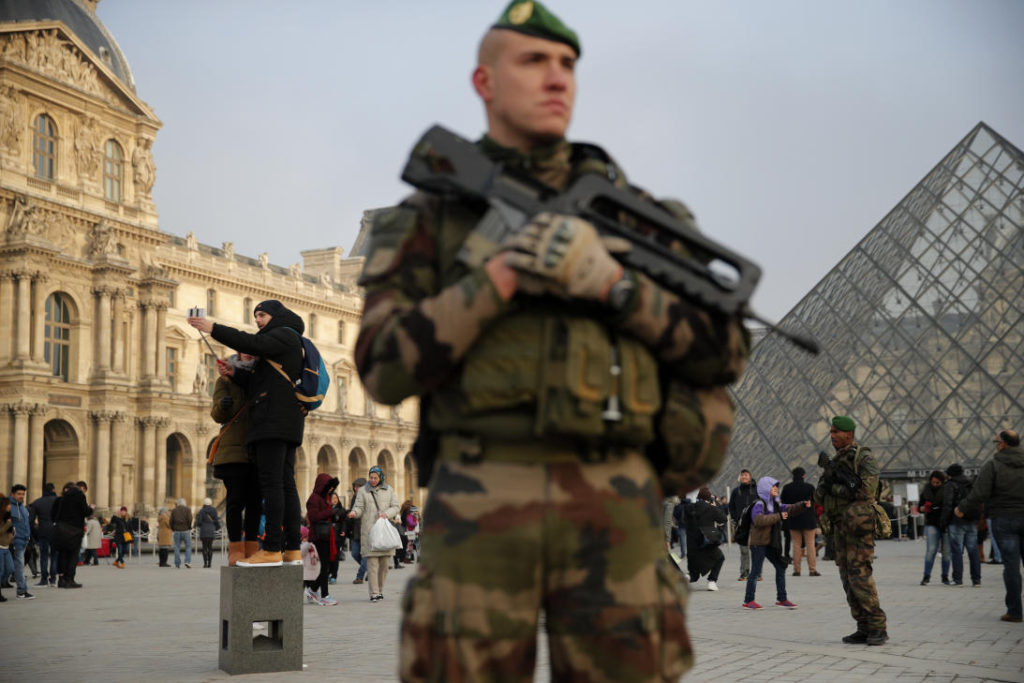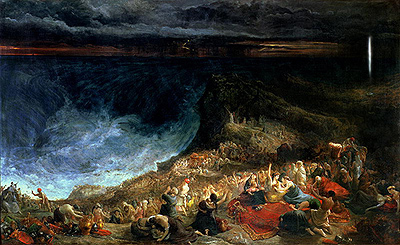Moral Paragons Need No Facts: The Pathetic Apologetics of Jonathan Sacks, Part 1
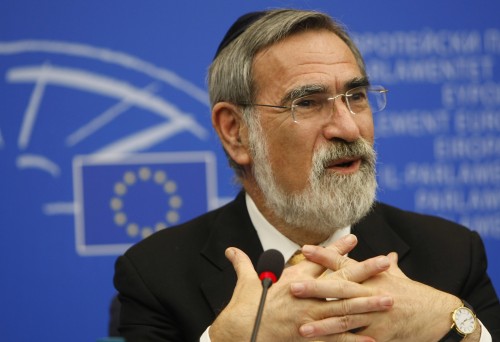
Rabbi Jonathan Sacks
Jonathan Sacks has been acclaimed by the Jerusalem Post as “one of contemporary Britain’s most outstanding thinkers and spokesmen.” The former Chief British Rabbi, who has been showered with awards from Jewish organizations and appointed to professorships in New York and London, has been feted as a “brilliant philosopher and an enlightening presence for the whole world.” He has even been called “the outstanding moral authority of our time,” while the egregious Prince Charles once described him as “a light unto this nation.” Not surprisingly, given the Jewish stranglehold over the Western media, Sacks, who was made a peer of the House of Lords in 2009, is given a regular platform to peddle his brand of Jewish ethno-politics in a range of media outlets including the BBC, the Guardian, the Telegraph, the Times, and The Wall Street Journal.
Despite his high profile, and the honors and appointments that have been lavished upon him, an examination of Sacks’ intellectual output soon reveals it to be filled with feeble apologetics, empty platitudes and facile homilies. All of these are fully evident in a speech this “brilliant philosopher” recently gave to the European Parliament entitled “The Mutating Virus — Understanding Antisemitism,” (full text here) to open a conference on the future of Jewish communities in Europe hosted by Martin Schulz, the President of the European Parliament.
In his speech Sacks bewails the supposedly dire plight of European Jewry and offers his analysis of “what antisemitism is, why it happens, [and] why antisemites are convinced that they are not antisemitic.” Like the Jewish “historian” Daniel Jonah Goldhagen, Sacks favors using the term “antisemitism” over the hyphenated “anti-Semitism” — doubtless because the latter implies the existence of a “Semitism” which could (and indeed does) provide the dialectical basis for “anti-Semitism.” In this way they signal their denial of the reality that hostility to Jews stems from conflicts of interest between Jews and non-Jews in a Darwinian world. Read more

